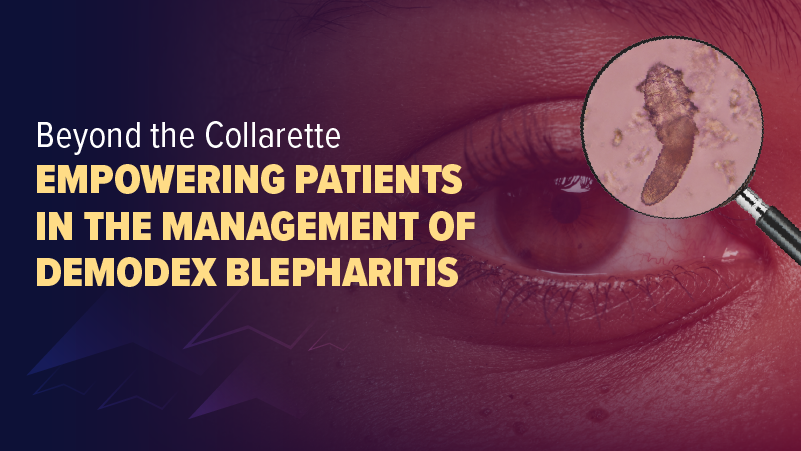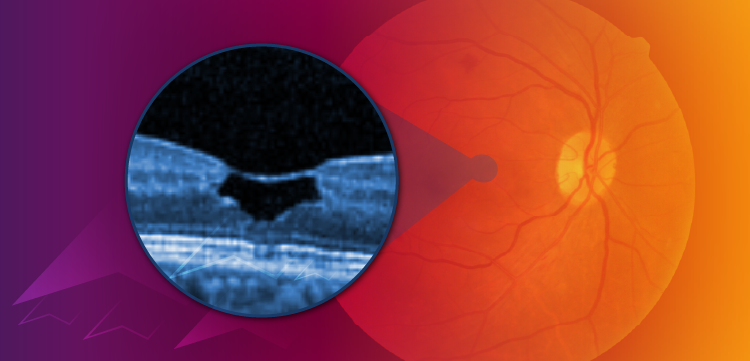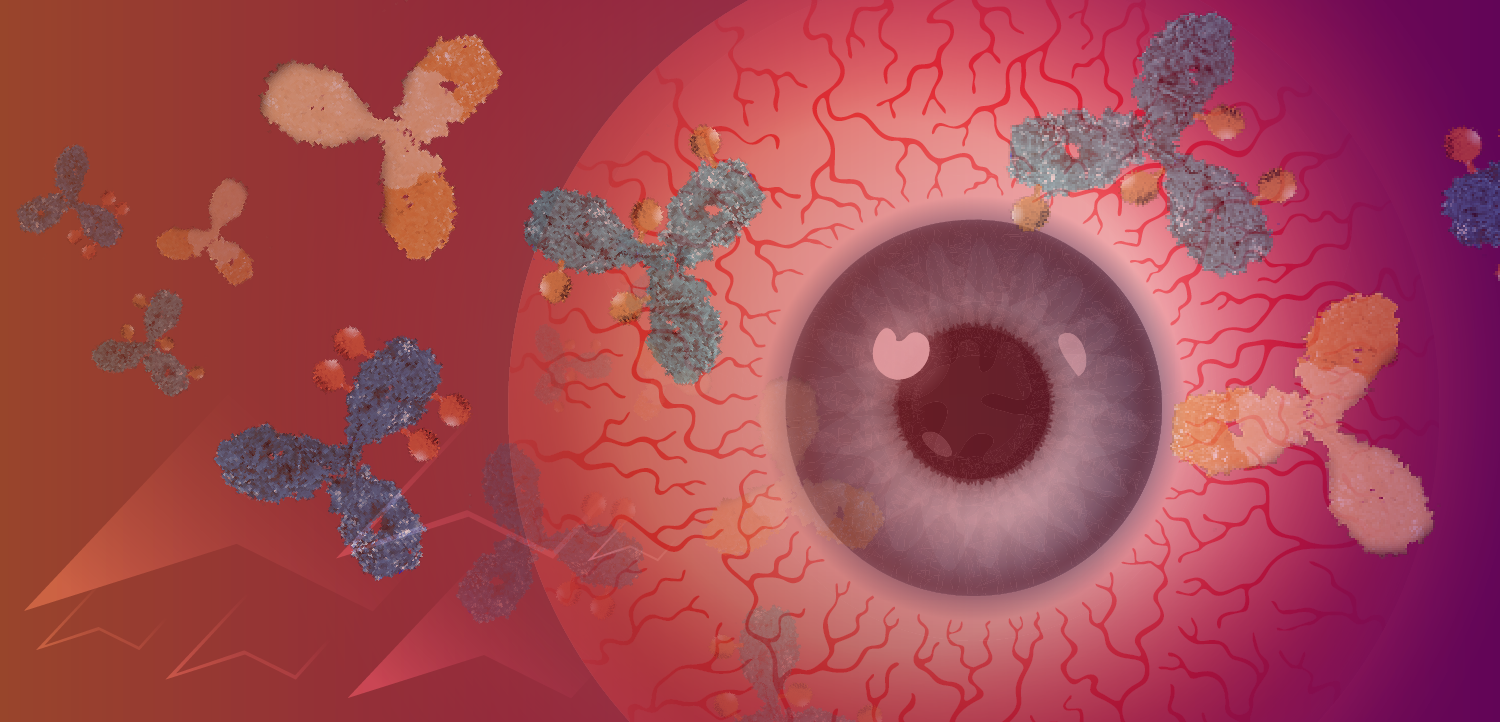Kodiak Sciences to present KSI-101 highlights at the 2025 Congress of the International Ocular Inflammation Society (IOIS)
Kodiak Sciences showcases KSI-101, a potential new treatment for macular edema, at the 2025 IOIS Congress, aiming to better support patient care.
Kodiak Sciences Inc. will present KSI-101 highlights at the 2025 Congress of the International Ocular Inflammation Society (IOIS) in Rio de Janeiro, Brazil on Friday, June 27, 2025.
Pablo Velazquez-Martin, MD, Chief Medical Officer of Kodiak Sciences, shared his excitement around this presentation in the company’s press release1, saying, "We are excited to participate in this year's IOIS meeting and connect with leading experts in ocular inflammation to help advance care for patients with macular edema caused by inflammation."
KSI-101 is a novel, potent and high strength (100 mg/mL) bispecific protein targeting interleukin-6 (IL-6) and VEGF. The company is developing KSI-101 for patients who have macular edema secondary to inflammation (MESI). Currently there are no available intravitreal biologic therapies addressing the spectrum of inflammatory conditions of the retina.1
Kodiak Sciences continues to enroll patients in the dose-finding Phase 1b study APEX. The goal of the APEX study is to evaluate the safety and tolerability of KSI-101 and to identify 2 dose levels to progress into dual Phase 2b/3 studies (PEAK and PINNACLE) in MESI.1
Velazquez-Martin also said, "Inflammation and macular fluid indicate that both interleukin-6 (IL-6) and vascular endothelial growth factor (VEGF) play a synergistic role in driving macular edema and inflammation, but there are no intravitreal biologic therapies that target both underlying disease mechanisms. Managing macular edema secondary to inflammation today is challenging and represents an area of significant need for improvement in today's treatment approach.”1
"Together with key opinion leaders, we will share insights into the pathophysiology of macular edema secondary to inflammation, discuss the limitations of current treatment options, highlight real-world case examples of patients and present promising clinical data on KSI-101, a first-in-class, high-strength, bispecific investigational intravitreal biologic designed to target both IL-6 and VEGF simultaneously to meaningfully improve outcomes for patients and reshape the treatment landscape for MESI," concluded Velazquez-Martin.1
- Presentation Title: A first-in-class investigational bispecific biologic for macular edema secondary to inflammation (MESI): clinical cases and expert panel insights
- Friday, June 27, 2025 at 7:00-7:50 AM BRT
The presentation will be available on the "Events and Presentations" section of Kodiak's website.
Reference:
Kodiak Sciences to Present KSI-101 Highlights at 2025 Congress of the International Ocular Inflammation Society. Kodiak Sciences Inc. June 25, 2025. Accessed June 26, 2026. https://www.morningstar.com/news/pr-newswire/20250625sf18833/kodiak-sciences-to-present-ksi-101-highlights-at-2025-congress-of-the-international-ocular-inflammation-society
Newsletter
Don’t miss out—get Ophthalmology Times updates on the latest clinical advancements and expert interviews, straight to your inbox.
Related Articles
 The European Commission grants marketing authorization for EYLUXVI
The European Commission grants marketing authorization for EYLUXVISeptember 23rd 2025
 Luxa Biotechnology announces clinical trial results for treatment of AMD
Luxa Biotechnology announces clinical trial results for treatment of AMDSeptember 22nd 2025






















































.png)


